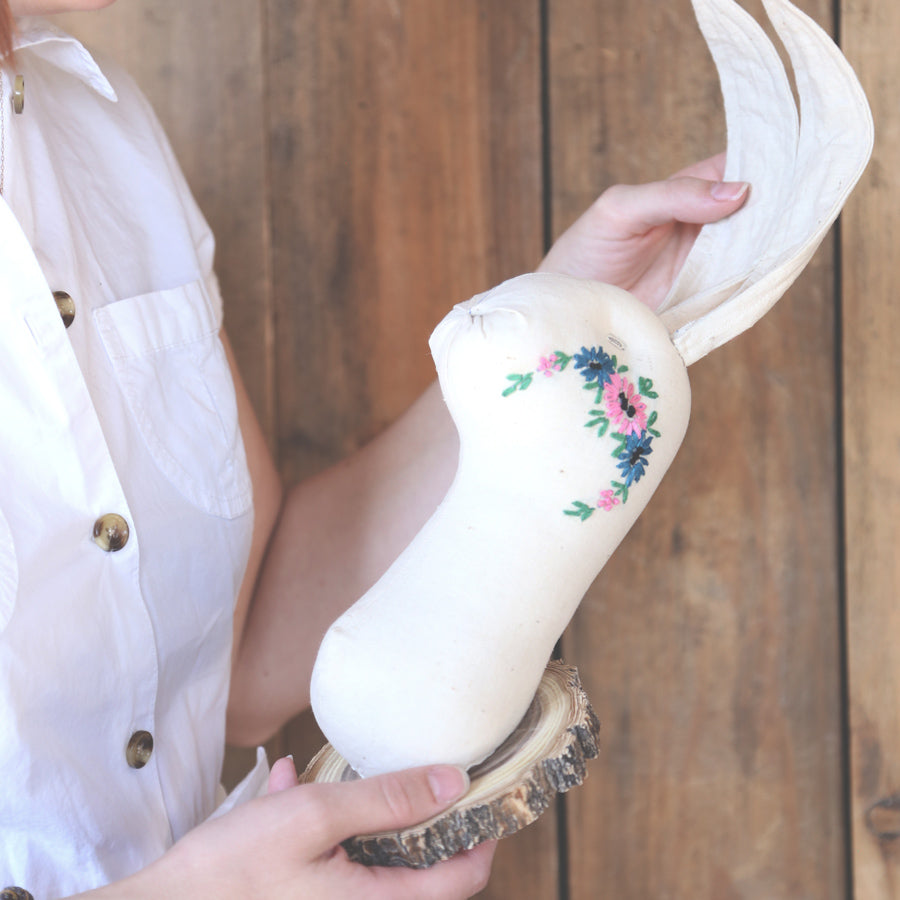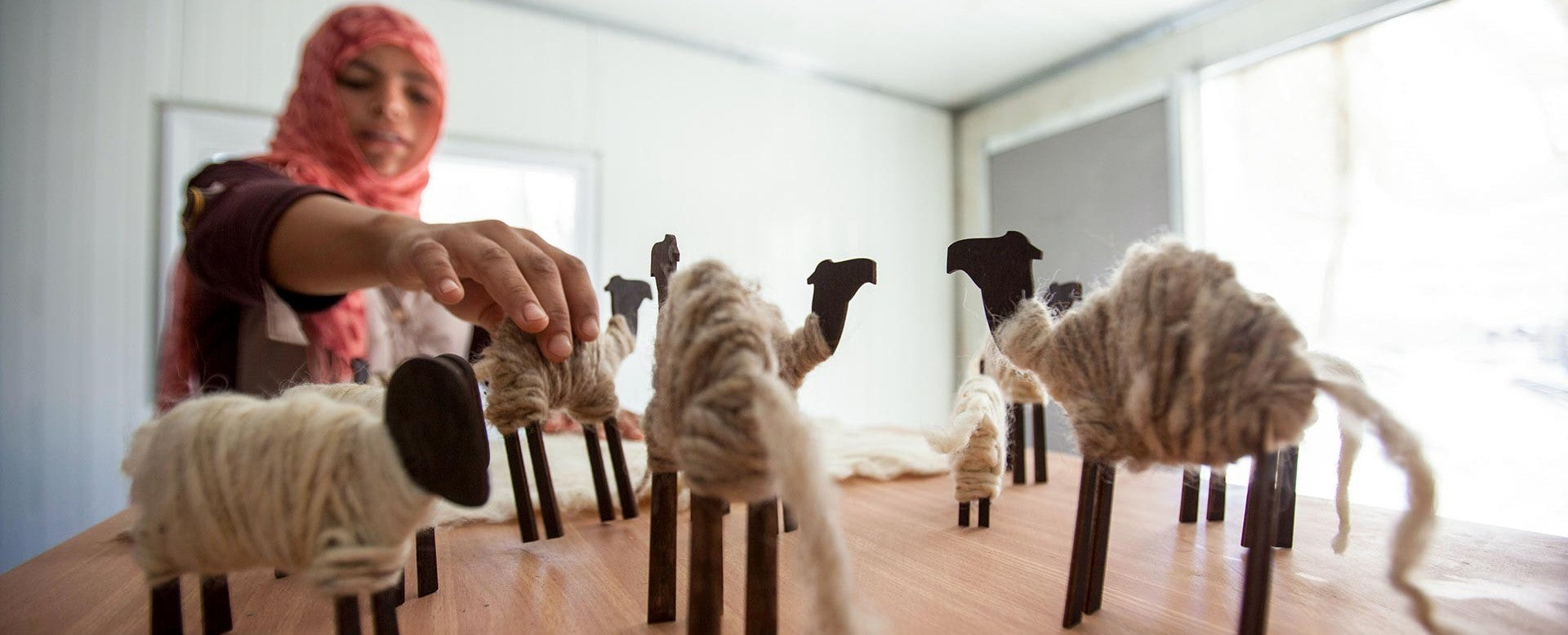Craftsmanship. The difference is in the details.

How craftsmanship connects 6 makers from all over the world.
Craftsmanship is a conversation. It’s a love-letter between the maker and the material, simultaneously intimate and exhibitionist. A give and take happens here that, if done well, results in a piece of art that is as beautiful as it is functional. It’s a language of patience, persistence, and subtle details.
Our partners are fluent in this language. We work with some of the most skilled and imaginative makers around the world, as well as a few right here in our home office. So what do makers in the United States have in common with makers in Indonesia and Peru? They are all willing to see great potential in ordinary materials, embrace the process of creativity, and are innovative enough to blend tradition with modern design.
Wood and the power of potential.
A good woodworker doesn’t just see a piece of wood, he sees potential. Both Wayan Diksa, a skilled maker at Mitra Bali, and Doug Lapp, a buyer at Ten Thousand Villages and accomplished woodworker, are both trained in the fine art of transformation. With enough time and the right tools, they can turn the most ordinary piece of wood into a fine work of art.
Wayan Diksa, Bali, Indonesia
Suar trees are so prolific and fast growing in Indonesia that they are planted by the government along roadsides for shade, and are about as commonplace as trees come in that part of the world. After a tree is cut into usable slabs and air-dried, Wayan carefully hand-selects pieces that he can transform into beautiful cutting boards and serve-ware.
He has a knack for avoiding pieces that have too many knots or that may easily crack under the pressure of his tools, and takes only the planks that are wide and strong enough to be turned into something new. He then draws the outline of what he will be creating (in this case a wooden scoop) onto the plank, cuts out the shape with a jigsaw, after which it will be hollowed out and sanded down into a smooth, functional piece of art.
Doug Lapp, United States

Most of us would probably look at a heap of irregular wood scraps at a saw mill and immediately relegate them to the nearest stack of firewood. Not Doug. He’s been rescuing logs with little or no production value for most of his life and turning them into new and innovative creations.

After hours of grinding with his Dremel tool, hand-sanding, careful polishing, and sometimes months of patiently waiting for the right piece of hardware to catch his eye at a flea market, he transforms a gnarled and knotty hunk of wood into a delicate bowl, a functional lamp, or even a piece of furniture ready to be sold on his website or given as gifts.
Clay and a passion for the process.
As with most fine crafts, sculpting with clay looks deceptively simple and straight-forward. How hard can it be to make a mug or a pot? To the untrained eye, all it takes is a quick rolling up of the sleeves, a lump of clay, and a few moments to form the shape. But as Inaq Aziz, an artisan in our partner group Lombok Pottery, and Maggie Mowery, assistant buyer here in our home office and experienced ceramic artist will attest, it takes years of practice, hours of hard work, and a passion for the process to build an inspired piece of art from the ground up.
Inaq Aziz, Lombok, Indonesia
Inaq did not always love the long process of pottery. In fact, as a young girl, she avoided being introduced to the tradition of pottery making from her mother by sneaking outside to play. One day, while running through the house, she broke one of the pots her mother was working on. Seeing an opportunity to turn this frustrating experience into a lesson, Inaq’s mother had her sit down and watch and learn to make a new pot. It took four days, but they finally completed it and Inaq started making pottery on a regular basis as she got older.
She uses the traditional method of pottery making and uses locally sourced materials. A single ball of clay is expertly turned into a pot by hollowing it out with only the strength of her hands and the help of some simple tools found around the village, like stones, shells, and bamboo. The walls are smoothed, a rim is attached, and the pot is added to a pile of other earthenware items and set on fire for an hour or so to harden, after which it is removed and ready to sell. This method takes up to several days of patience, persistence, and skill. Now Inaq has a fondness for the process that she never had as a child, and is well-known for her quality craftsmanship. She continues to make pottery with her mother to this day.
Maggie Mowery, United States

Clay is a very tactile medium, and that is what has always drawn Maggie to creating with it. She is fond of the creative process, sees inspiration everywhere she looks, and often emerges from her studio after hours of work covered in clay up to her elbows. She works primarily with stoneware clay and, just like Inaq, uses the strength of her hands and simple tools she finds or makes herself to create a variety of functional art. Anything that strikes her fancy is fair game, including dishes, jewelry, buttons, and tiles.

Although she enjoys immersing herself in her own process, she finds a special joy in being a part of the artistic process of others. Seeing the buttons and tiles that she sells at crafts shows and in her Etsy shop being incorporated in the pieces of other skilled artists makes her feel part of a community and acts as further inspiration to fuel new projects.
Textiles that weave tradition with trend
Designing with textiles is an ancient tradition with as many variations as there are cultures in the world. It’s an exciting art form that takes years of practice and an eye for aesthetics to master. One of the most appealing aspects of using fabric and fibers for art is how seamlessly a maker can mix old materials with new designs in a perfect balance of tradition and trend. This is a skill that both Herlinda Artola, weaver from Intercrafts Peru, and Molly Cahill, Visual Merchandiser for Ten Thousand Villages and textile artist, have in abundance.
Herlinda Artola, Peru
Textile art in the central Peruvian province of Tarma has evolved significantly over the years, but it still holds on to its roots. Traditionally the region produced thin woolen blankets with simple figures, but as time went on, craftsmen began to incorporate thicker wool that is coiled and dyed in vibrant colors in order to weave more complex designs much more quickly. The colors are combined with great skill, and the best artists are capable of creating pieces of wall art that depict anything from realistic landscapes to stunning surrealist masterpieces. Each piece is lovingly produced by hand on a loom with such care that it’s as if each well-placed fiber is the single stroke of a paintbrush.
Herlinda’s work is no exception. She’s been weaving for over 10 years, and she has mastered the craft that’s been handed down for generations and helped to give it a modern spin. Most recently, she’s been working on the Rhapsody in Blue Wall Hanging, an abstract approach to an ancient art form. Each piece takes her about a day and a half to make, and is a flexible source of additional income. Her skill has helped her family afford significant improvements on their home as well as pay for her children’s education, something she and her husband never had the opportunity for themselves.
Molly Cahill, United States

Molly has had a love for working with textiles since her mother taught her to sew at age five. She would salvage scraps of fabric out of the sewing room trash can and turn them into tiny creations straight from her imagination. She’s kept her fondness for textiles alive over the years by studying interior design in college, sewing her own clothes, and selling her creations at craft shows, boutiques, and on Etsy.

One of her favorite items to make is her Vegan Taxidermy, whimsical mounted heads made from reclaimed fabrics and found objects. She has an ever-growing collection of vintage linens that she’s acquired over the years, and each one has its own unique pattern or embroidery. She often looks over her pile of odds and ends, and thinks,
“What can I make with what I have?”
This challenge provides just the right amount of inspiration to spark her creativity and turn one person’s discarded trash into another’s new treasure. Making each animal’s head is a long process that involves choosing the best linen, laying out the design, and forming the expression of their eyes, ears, and mouth. Molly is a master at blending traditional craft and vintage materials with modern designs, all while fulfilling her need to create and providing for her family.
The fine details of craftsmanship are what turn an everyday item into a functional work of art. We are so proud to partner with highly skilled makers all over the world who strive to transform ordinary materials into pieces we are proud to display in our homes and use in our daily lives.











Comments